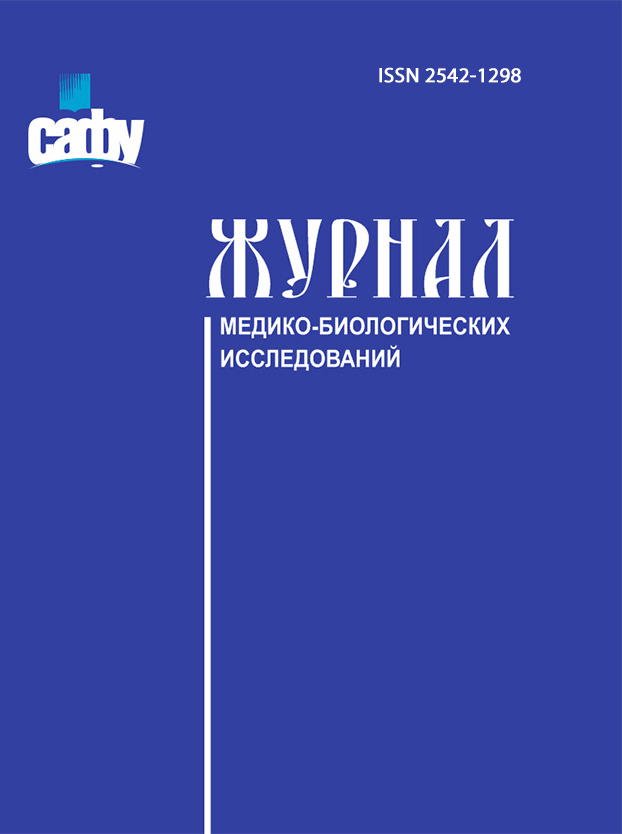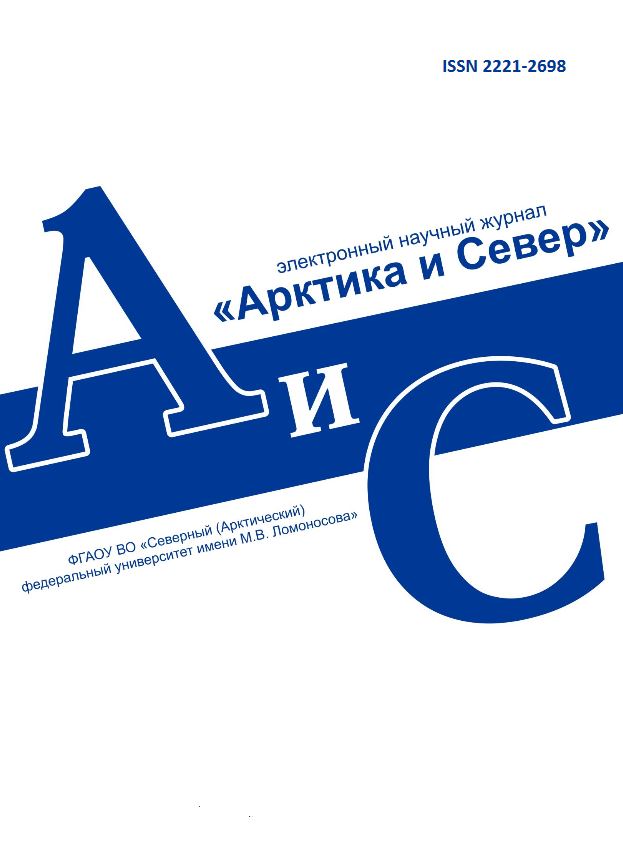
Vestnik of Northern (Arctic) Federal University.
Series "Humanitarian and Social Sciences"
ISSN 2227-6564 e-ISSN 2687-1505 DOI:10.37482/2687-1505
Legal and postal addresses of the founder and publisher: Northern (Arctic) Federal University named after M.V. Lomonosov, Naberezhnaya Severnoy Dviny, 17, Arkhangelsk, 163002, Russian Federation Editorial office address: Vestnik of Northern (Arctic) Federal University. Series "Humanitarian and Social Sciences", 56 ul. Uritskogo, Arkhangelsk
Phone: (8182) 21-61-20, ext. 18-20 ABOUT JOURNAL |
Section: History Download (pdf, 0.3MB )UDC94(47).084:351.746.1DOI10.37482/2687-1505-V403AuthorsAnatoliy A. KhoroshevPostgraduate Student, Russian History Department, Northern (Arctic) Federal University named after M.V. Lomonosov (address: nab. Severnoy Dviny 17, Arkhangelsk, 163002, Russia). e-mail: anatlijj-khrshev@rambler.ru, ORCID: https://orcid.org/0009-0006-5111-021X AbstractThe research is based on the analysis of archival documents, most of which have not been introduced into academic discourse. The article examines the activities of the Office of the Commissioner of the Council of People’s Commissars of the USSR for the Repatriation of Soviet Citizens (established in 1944) that worked together with the People’s Commissariat for Internal Affairs (NKVD), People’s Commissariat for State Security and the Chief Counterintelligence Directorate Smersh. These agencies had their own areas of responsibility, which sometimes came into conflict with each other. The materials on the organization of repatriation from Finland to the Soviet Union between 1944 and 1955 shed some light on the interdepartmental interaction, development of relevant instructions, and departmental coordination in unforeseen situations, which ultimately ensured the successful repatriation of no less than 100 thousand Soviet citizens and prisoners of war. The most important aspects that influenced the course of repatriation are highlighted, including the delineation of interdepartmental powers, the identification of criminals among the repatriates, and the search for escaped prisoners of war. Resolutions of the State Defence Committee and regulatory documents of the NKVD that were adopted and approved during the war and post-war period formed the basis for the process of repatriation of Soviet citizens, including from Finland. The study established that some Soviet citizens fought on the Finnish side as part of the 3rd and 6th divisions. In addition, some prisoners of war were engaged in counterintelligence and collaborated with the administration of the Finnish camps. The author substantiates his conclusion that interdepartmental cooperation made it possible to create a stable verification system for repatriates, ensure the safety of Soviet prisoners of war and internees during the period of repatriation, and distribute repatriates across the country to solve the economic problems of the Soviet state.KeywordsWorld War II, Great Patriotic War, USSR, Finland, Allied Control Commission, NKVD, repatriationReferences
|
Make a Submission
INDEXED IN:
|
Продолжая просмотр сайта, я соглашаюсь с использованием файлов cookie владельцем сайта в соответствии с Политикой в отношении файлов cookie, в том числе на передачу данных, указанных в Политике, третьим лицам (статистическим службам сети Интернет).






